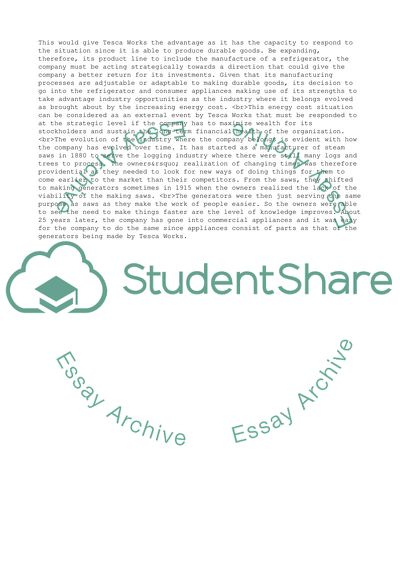Cite this document
(The Energy Cost Situation in Tesca Works Case Study, n.d.)
The Energy Cost Situation in Tesca Works Case Study. Retrieved from https://studentshare.org/business/1749345-tesca-works
The Energy Cost Situation in Tesca Works Case Study. Retrieved from https://studentshare.org/business/1749345-tesca-works
(The Energy Cost Situation in Tesca Works Case Study)
The Energy Cost Situation in Tesca Works Case Study. https://studentshare.org/business/1749345-tesca-works.
The Energy Cost Situation in Tesca Works Case Study. https://studentshare.org/business/1749345-tesca-works.
“The Energy Cost Situation in Tesca Works Case Study”, n.d. https://studentshare.org/business/1749345-tesca-works.


